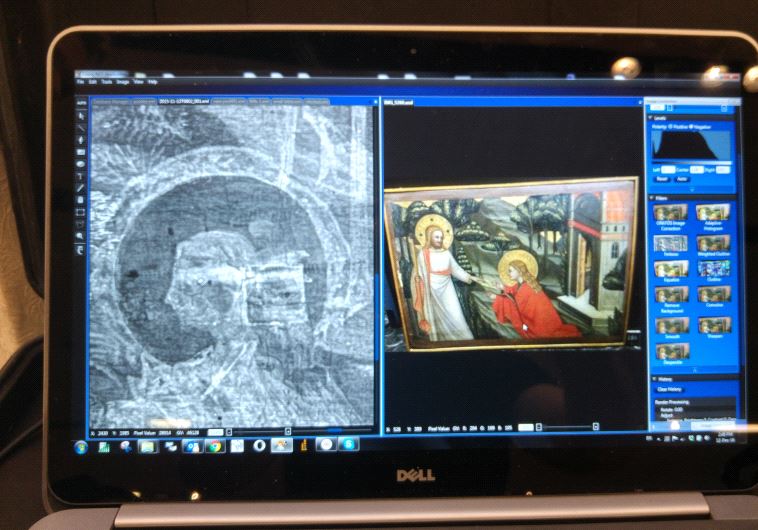Hi-tech reveals ‘hidden doors’ in ancient artifacts, paintings
‘The idea is that you use technology to find information that cannot be seen by the naked eye,’ says expert at Jerusalem conference.
 A screenshot of an oil painting next to its x-ray image showing hidden elements.(photo credit: DANIEL K. EISENBUD)Updated:
A screenshot of an oil painting next to its x-ray image showing hidden elements.(photo credit: DANIEL K. EISENBUD)Updated: